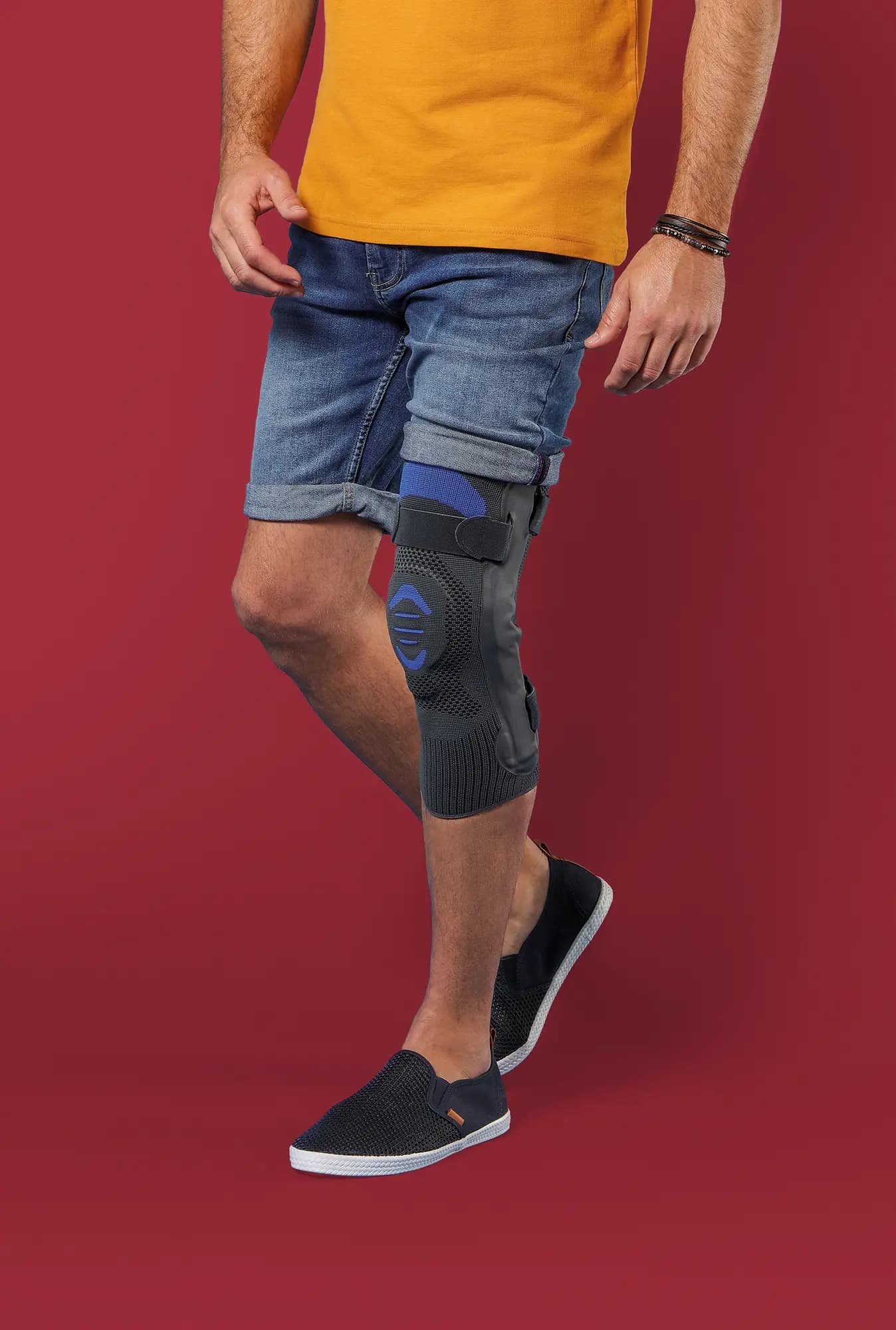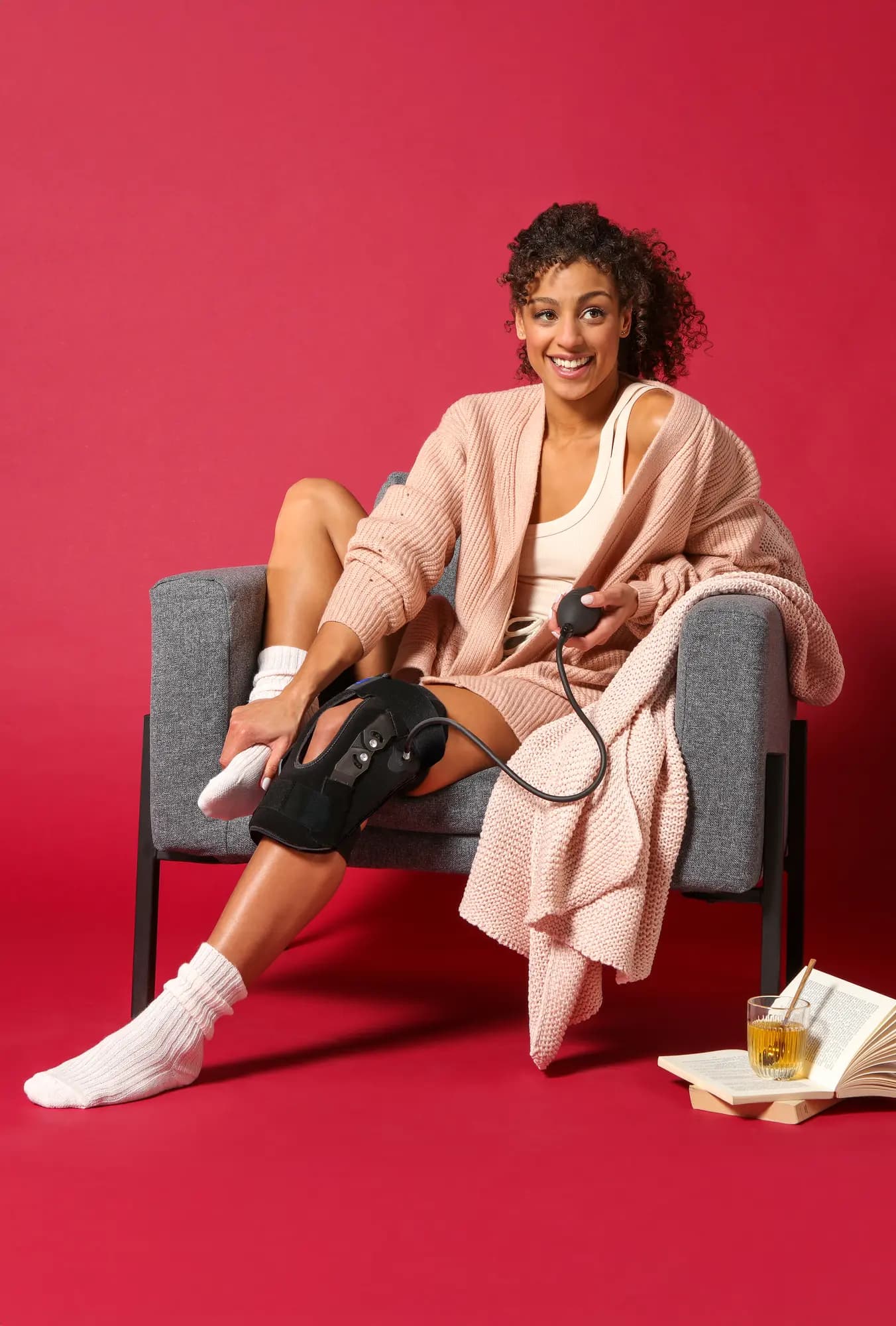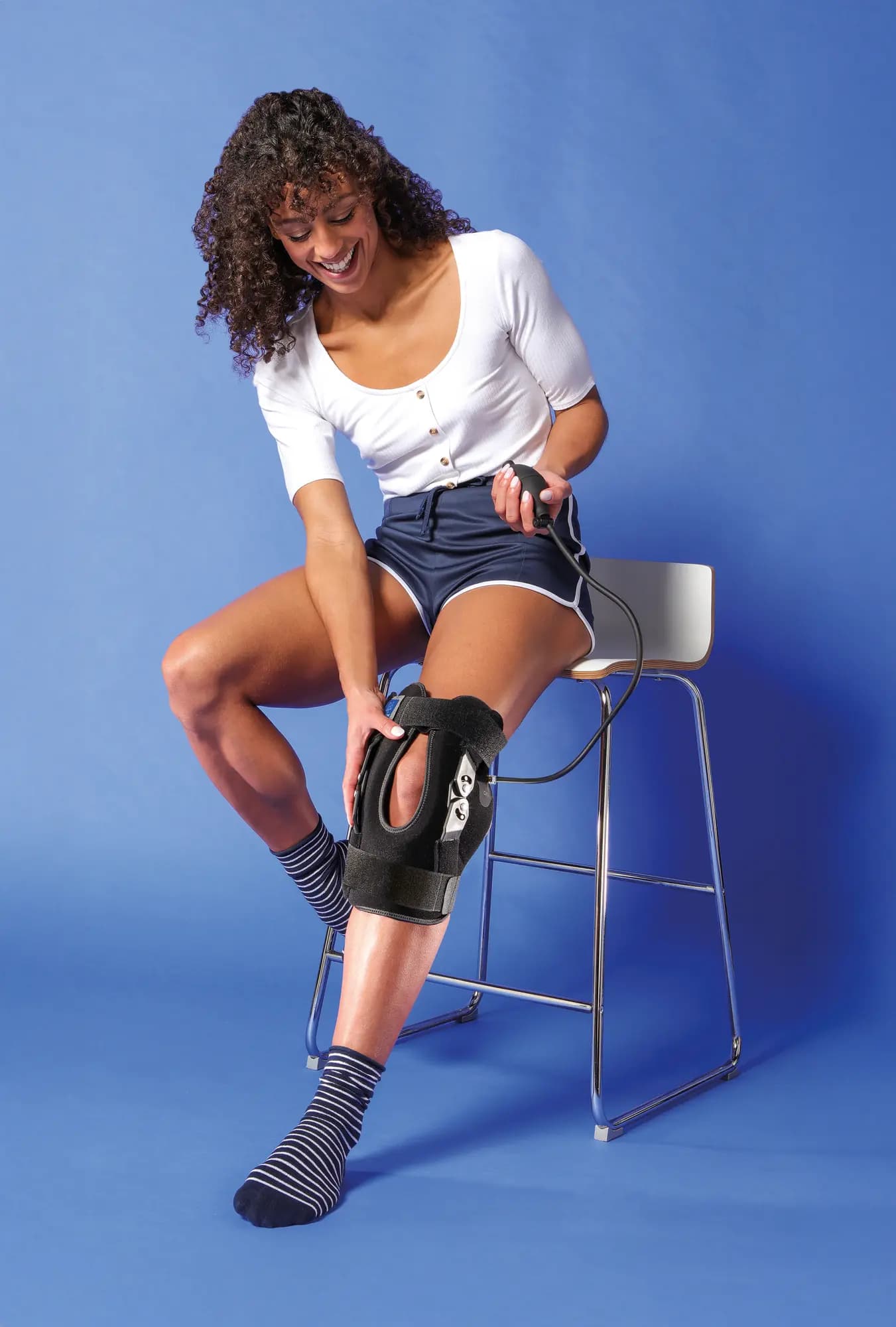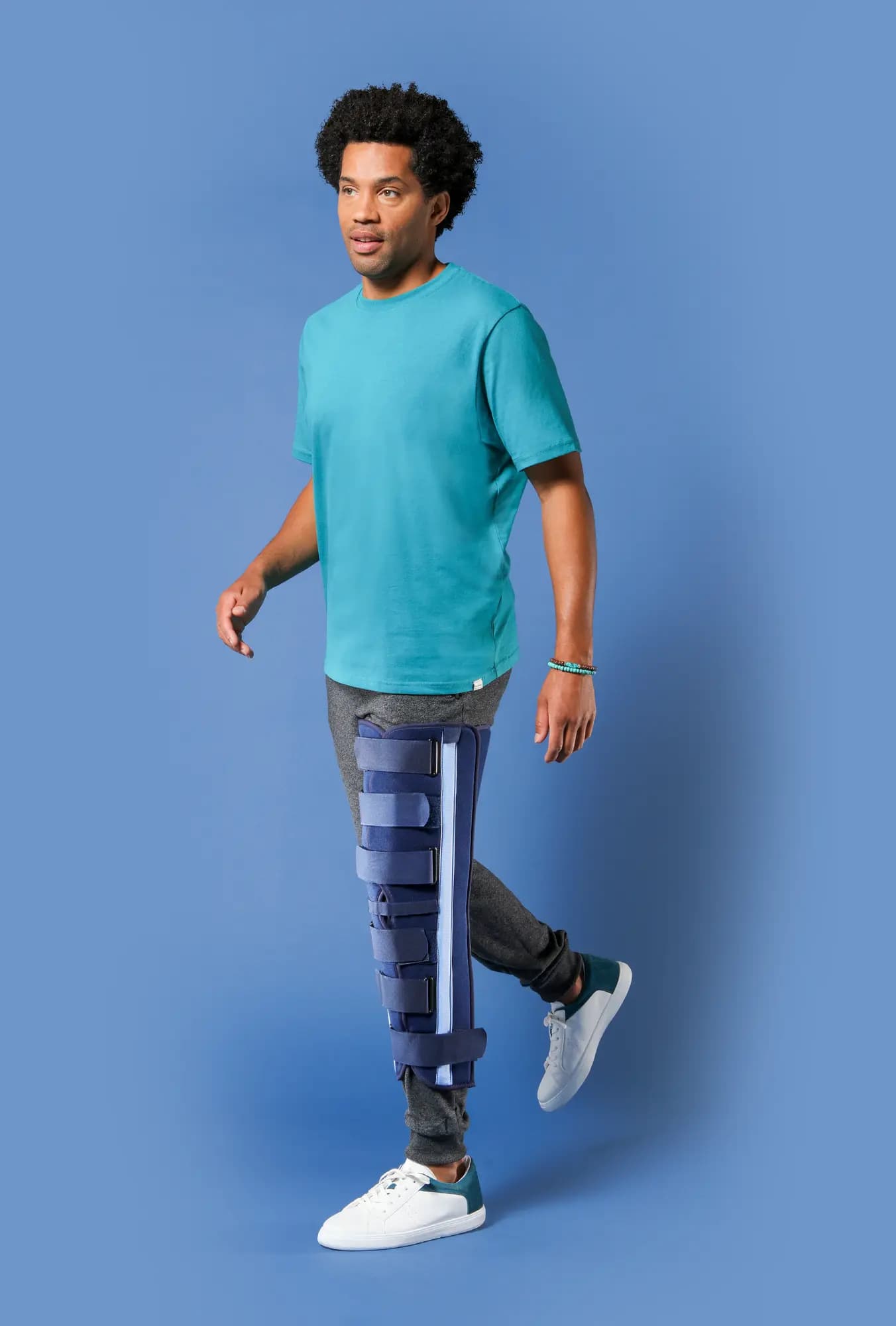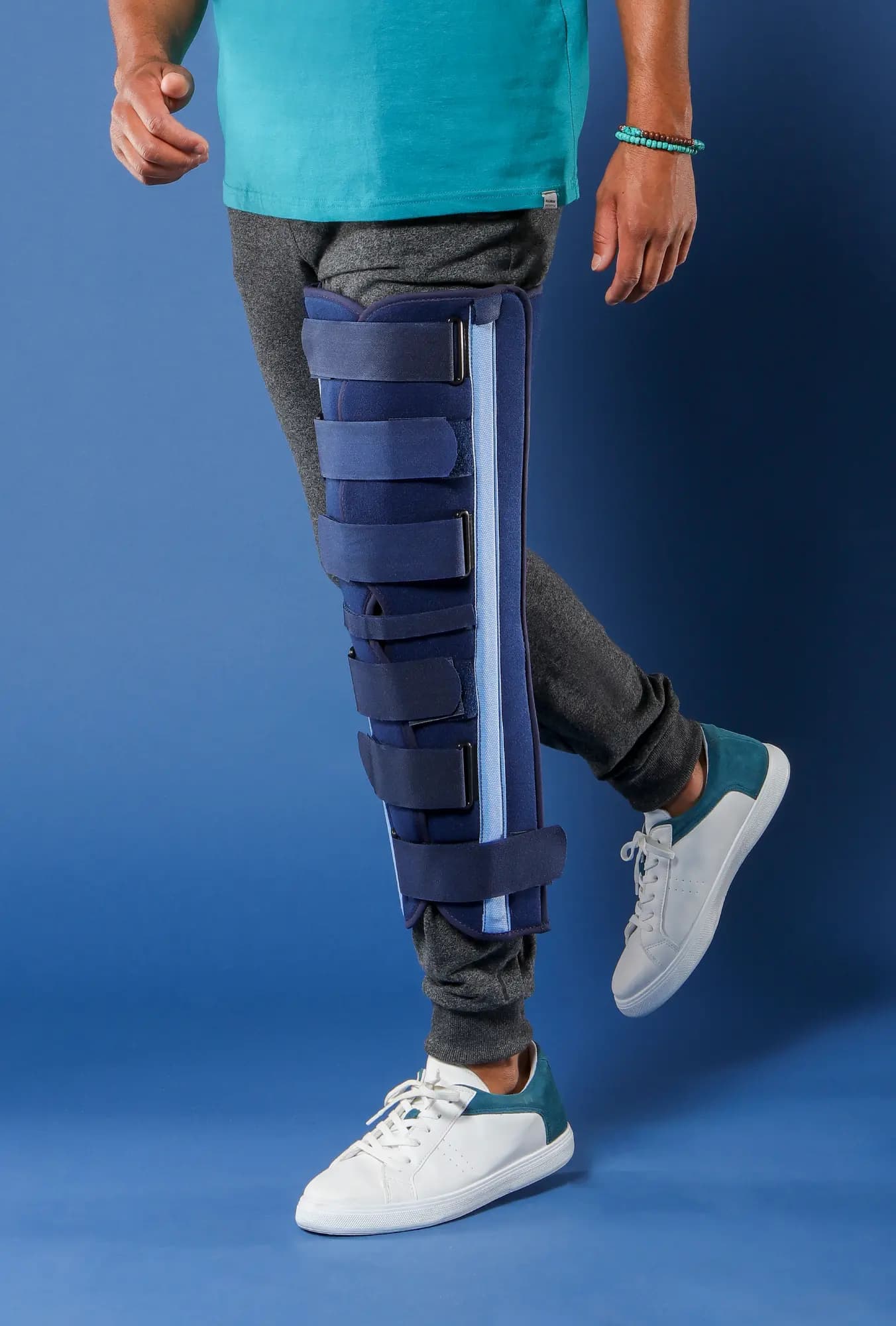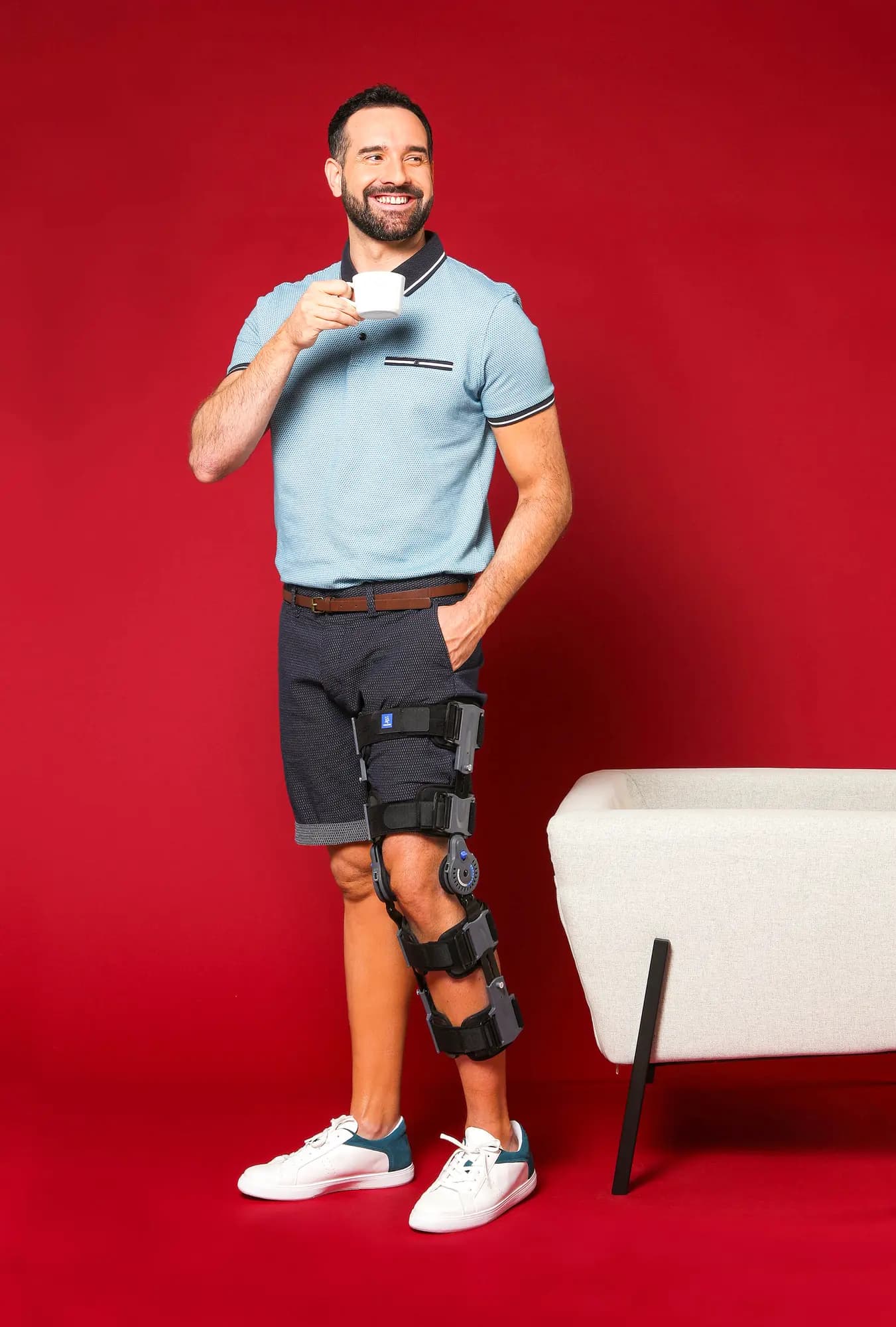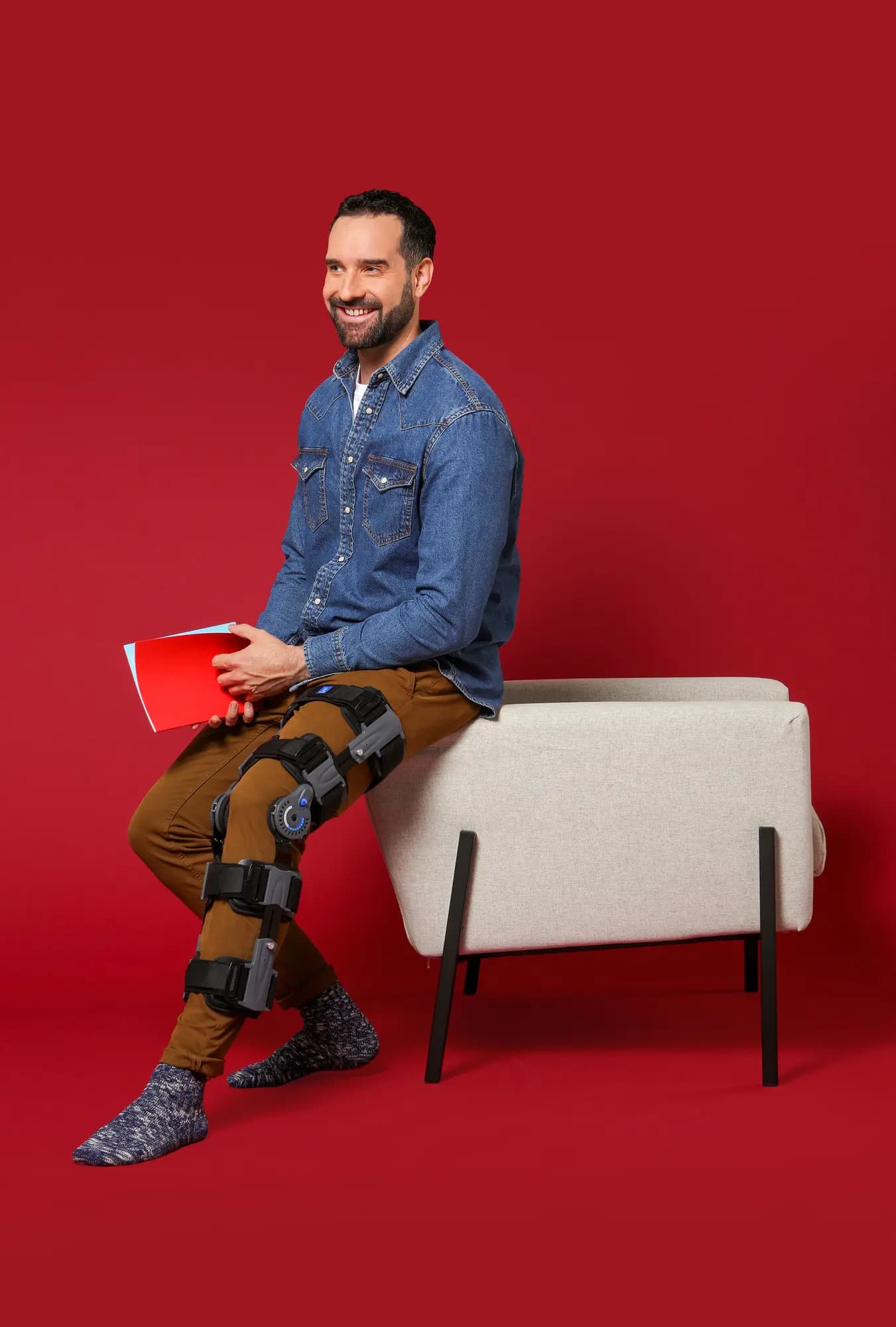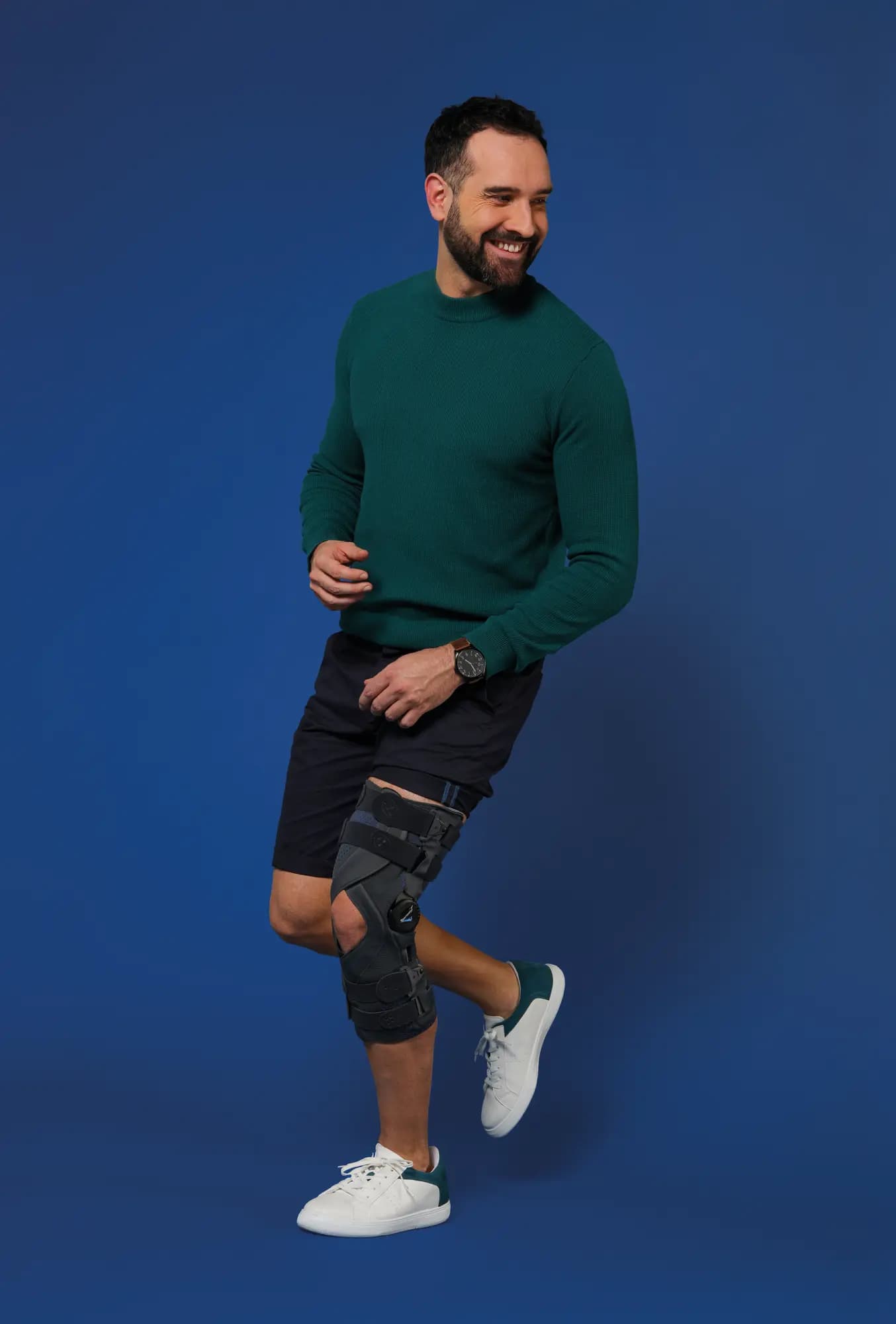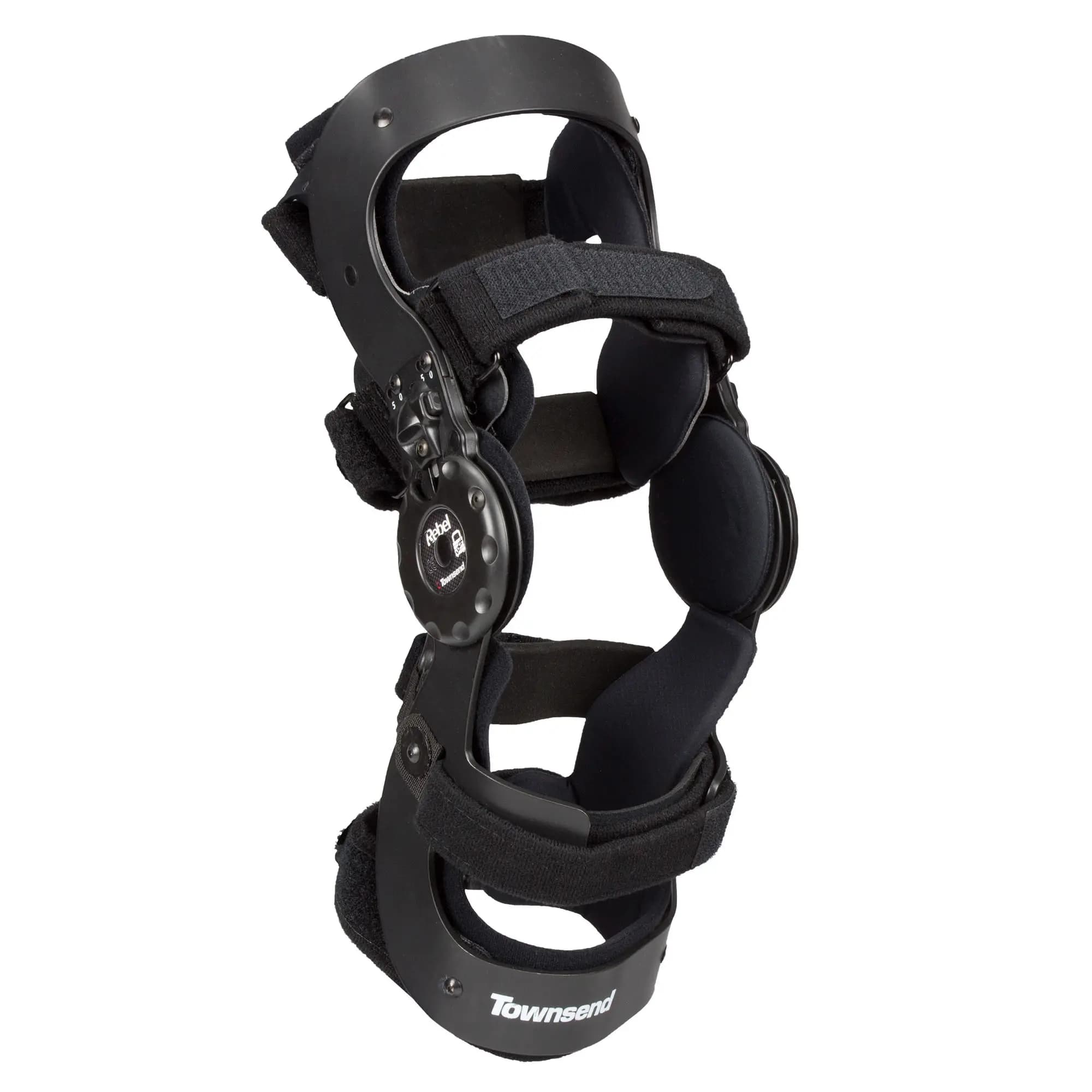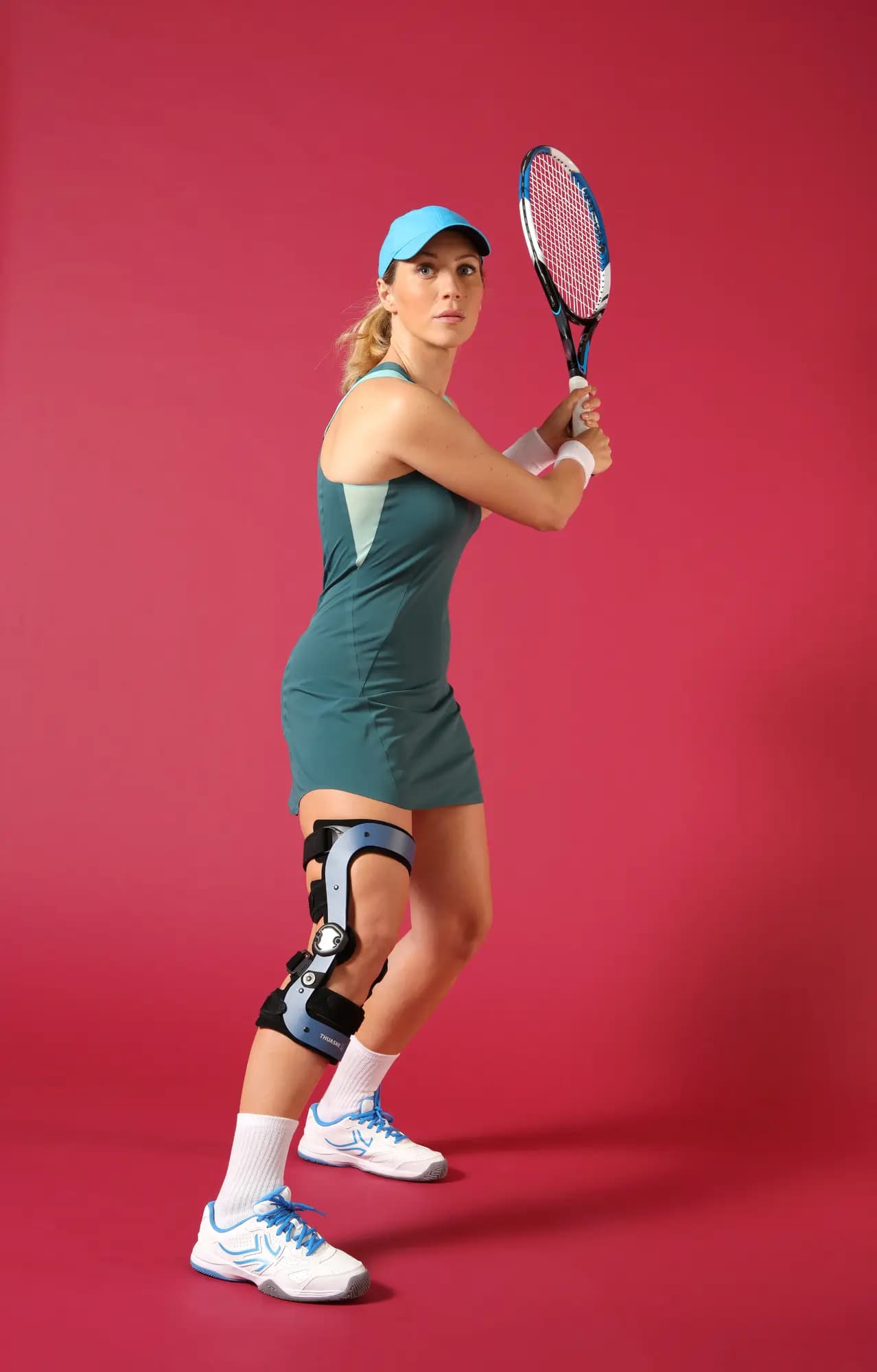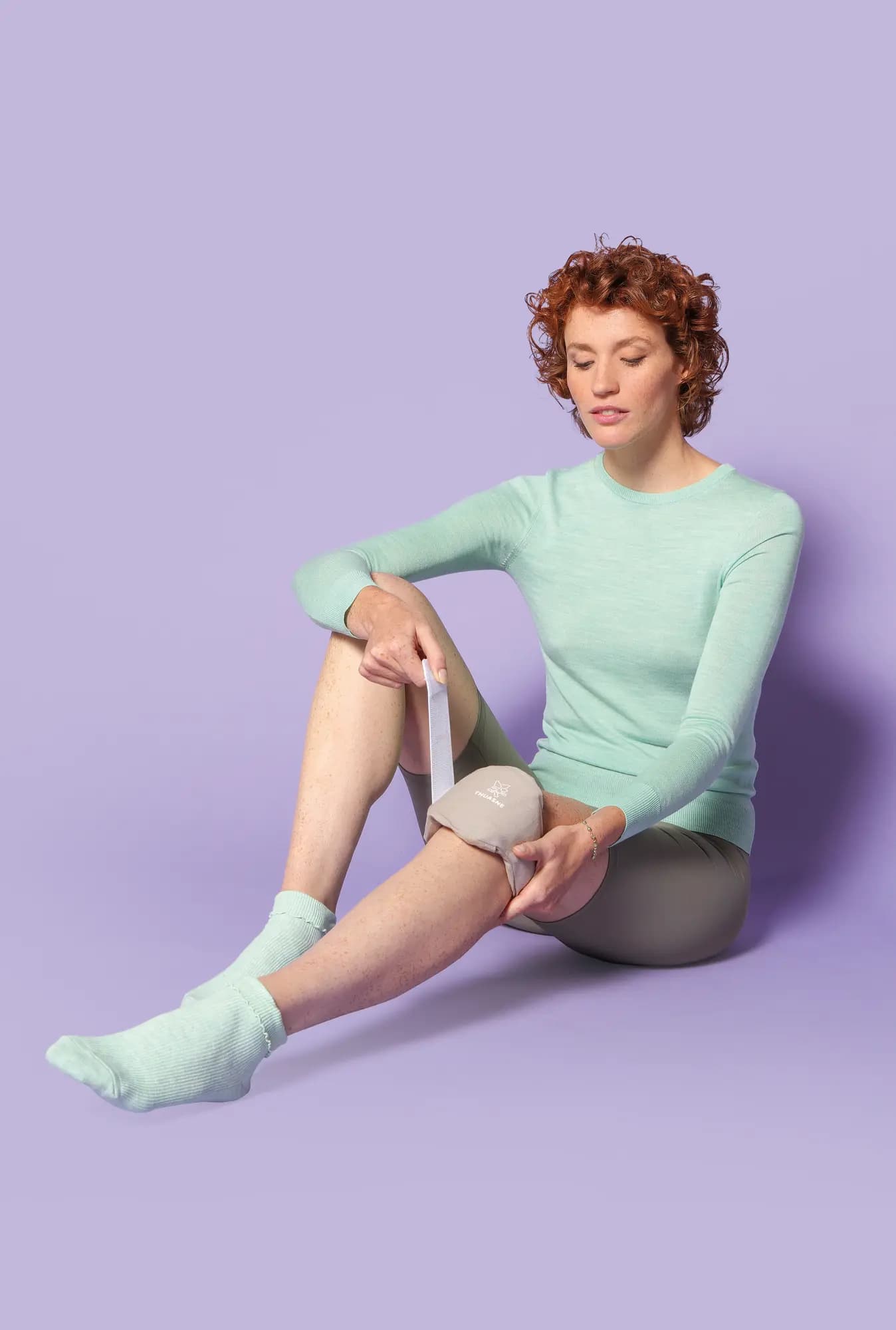Cruciate ligament rupture: what is it?

What is a cruciate ligament rupture?
Rupture of the cruciate ligaments, in particular the anterior cruciate ligament (ACL), is a common injury that often occurs during sporting activities. The cruciate ligament plays a crucial role in the stability of the knee joint. This rupture can lead to pain, instability and significant functional limitations, particularly in young, active athletes(1).
What are the symptoms and consequences of a cruciate ligament rupture?
Rupture of the cruciate ligaments, in particular the anterior cruciate ligament (ACL), is a serious knee injury. If not treated properly, this injury can lead to significant symptoms and complications. Here is an overview of the symptoms and consequences, based on recent research:
Immediate and intense pain
ACL rupture is often associated with acute pain, particularly after pivoting or twisting the knee(2).
Instability of the knee
Patients often report a feeling of instability in the knee, as if it could no longer support their weight(2).
Difficulty walking
People who have suffered an ACL rupture may experience difficulty walking, due to pain, muscle strength deficit, changes in movement mechanics and knee instability(2).
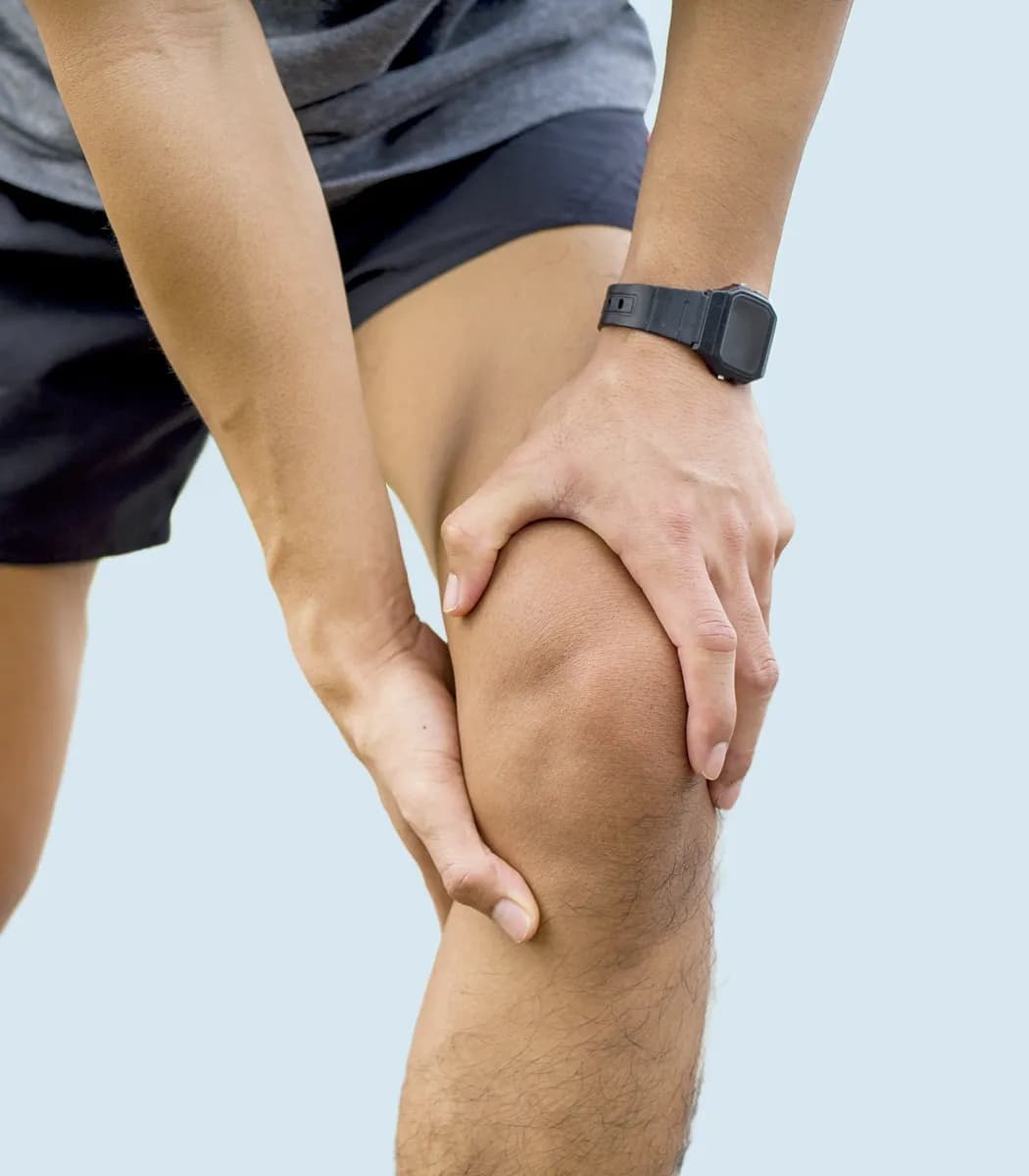
What are the causes of cruciate ligament rupture?
Sports involving sudden movements and rapid changes of direction, such as football, basketball or skiing, frequently involve a high risk of ACL rupture. These injuries often occur as a result of impacts, poorly controlled landings or twisting of the knee. Road accidents can also lead to such injuries.
Consequences of cruciate ligament rupture:
Chronic instability of the knee
If left untreated, ACL rupture can lead to chronic instability of the knee, limiting physical activity and increasing the risk of further injury(2).
Cartilage degeneration
ACL rupture is strongly associated with early degenerative changes, including concomitant medial cartilage defect and persistent bone marrow damage in the medial tibiofemoral compartment(3).
High rate of re-injury
Patients, particularly young patients, have an increased risk of graft rupture in the same knee or ACL injury in the other knee after ACL reconstruction surgery(4).
Development of meniscal damage
Untreated or delayed ACL rupture can lead to further meniscal damage, aggravating knee instability and joint damage(5).
Osteoarthritis of the knee
A proportion of people who have suffered an ACL rupture will develop osteoarthritis of the knee, even in their youth. This condition is characterised by mechanical abnormalities in the knee joint, such as a reduction in the cartilage and deformation of the meniscus. These alterations lead to functional depression, pain and inflammation(2).
What are the risk factors?
Ruptures of the cruciate ligaments, particularly the anterior cruciate ligament (ACL), are influenced by a number of risk factors. Here are the main conclusions drawn from recent research into predisposition:
Modifiable risk factors
Type of sport
Other modifiable risk factors include level of competition and type of sport. Injuries occur more frequently during matches than during training. CSF rupture often occurs in sporting contexts involving sudden movements and changes of direction, particularly in sports such as American football, football, basketball, volleyball, handball, gymnastics and skiing(1).
Type of footwear and terrain
The choice of footwear and terrain has a considerable influence on the risk of ACL injury. Shoes with high torsional resistance (e.g. with more and longer studs) and artificial ground surfaces increase this risk (as they cause greater friction on the surface of the shoes), while natural ground surfaces such as grass offer better protection(1).
Body Mass Index (BMI)
A higher BMI is associated with an increased risk of ACL rupture, particularly when combined with certain morphological parameters of the knee, such as the presence of an increased posterior lateral tibial slope, and the type of sport practised(6).
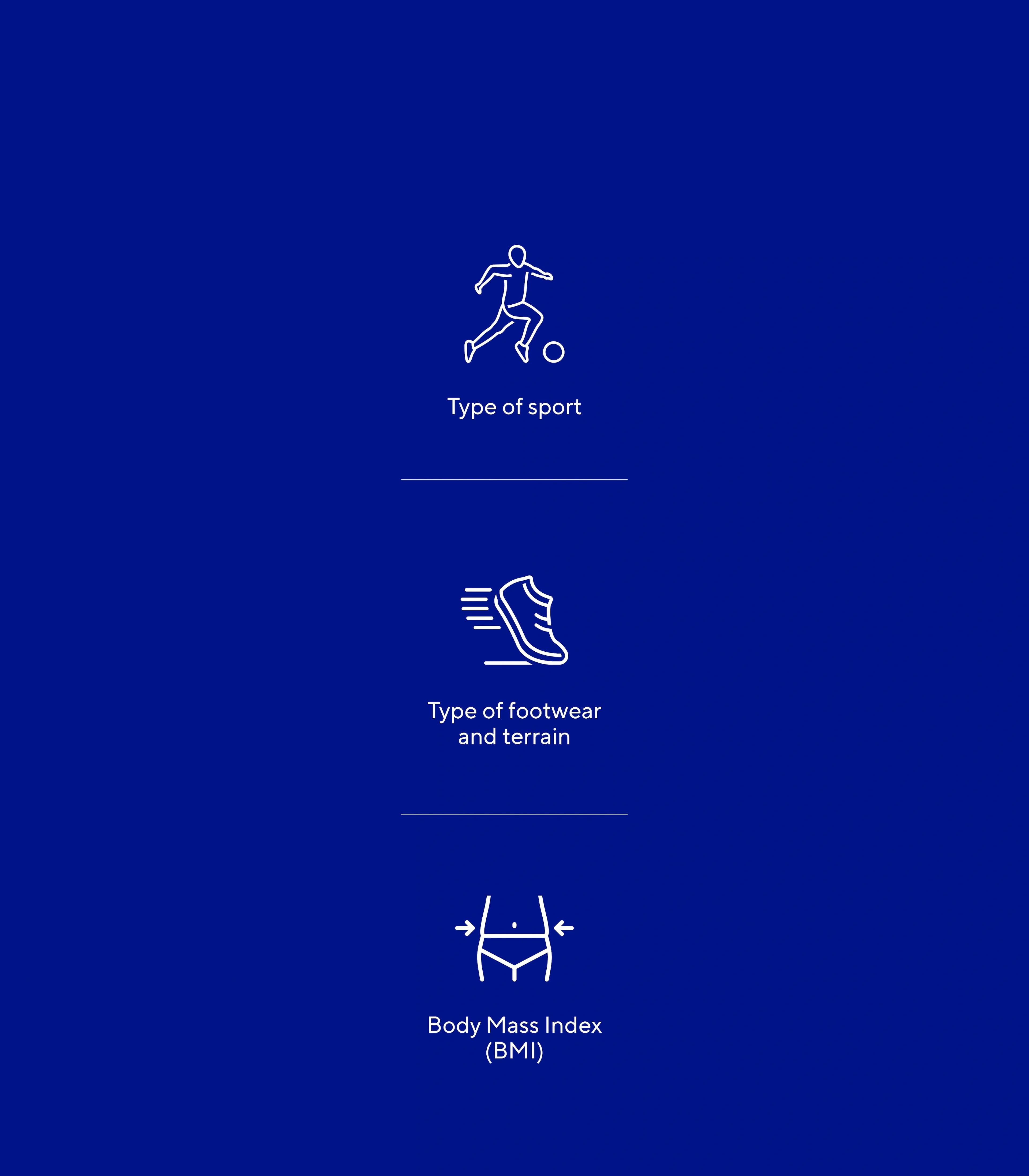
What are the risk factors?
Non-modifiable risk factors
Anterior cruciate ligament injury
Scientific studies have shown that the risk of ACL graft rupture is 15% higher than that of primary ACL rupture. Particular attention should be paid to young patients with ACL injuries, especially those undergoing reconstruction with an allograft, because of the higher incidence of re-rupture(1).
Gender
Anatomical differences, combined with both endogenous and exogenous hormonal factors, largely explain why women are up to eight times more at risk of anterior cruciate ligament rupture than men(8).
Familial predisposition
Research shows a significant genetic determinism in ACL rupture, with heritability estimated at 69%. Studies have identified specific genes and biological pathways associated with this risk, suggesting a genetic mechanism common to both sexes(7).
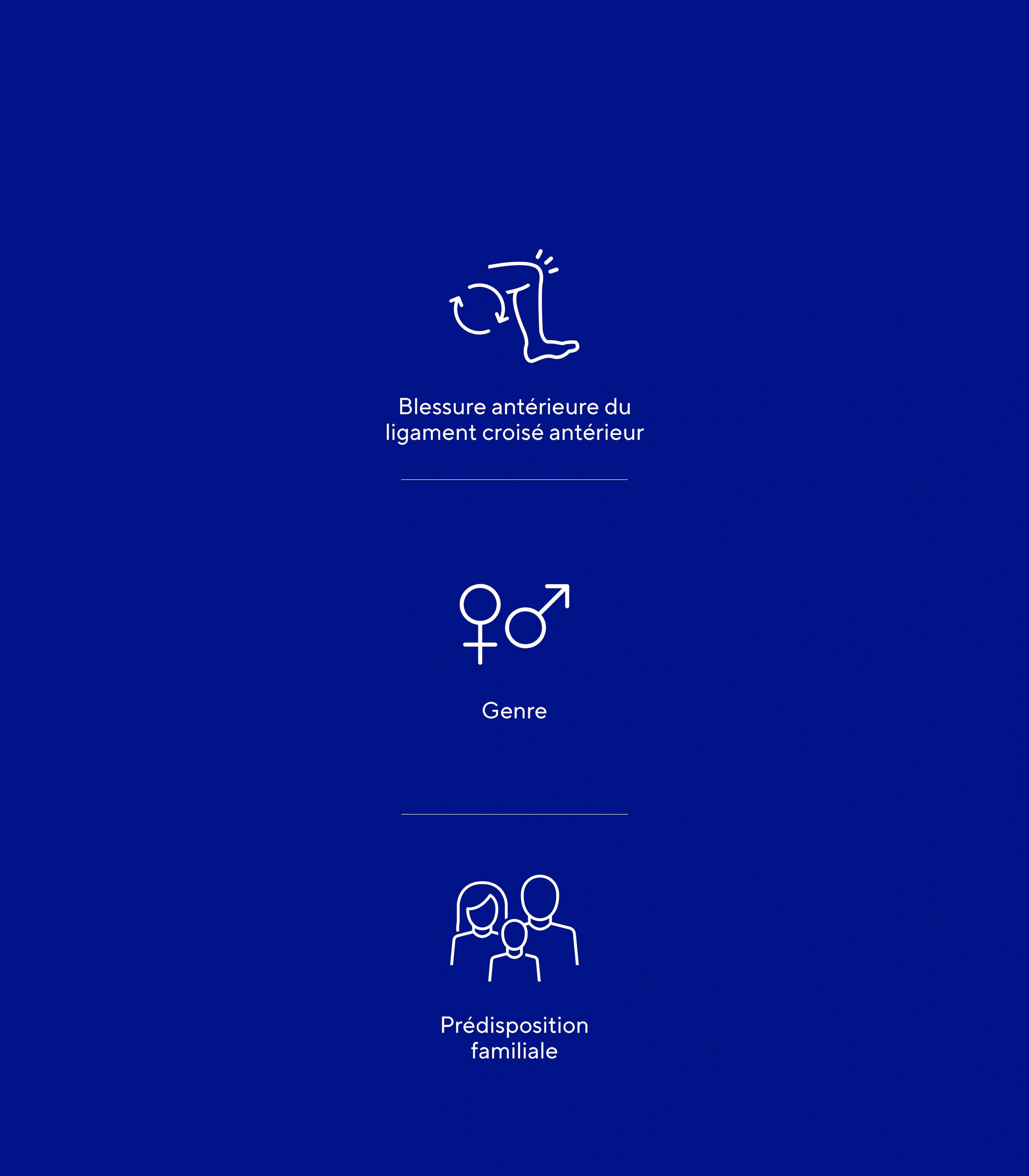
FAQ about ACL injury
Our medical team answers the questions you may have.
Walking with a cruciate ligament rupture is possible, but it depends on the severity of the damage. In mild cases, patients can walk, but it is advisable to avoid activities involving sudden turns or pivoting to prevent further damage to the knee. Although walking is often permitted after surgery, some studies show that walking with a ruptured ACL can lead to compensatory changes in gait, increasing the risk of long-term knee problems(15,16). It is therefore crucial to manage these biomechanical alterations through appropriate interventions, such as the use of knee braces, in order to stabilise the knee and preserve its function(17).
The time it takes to return to work after a cruciate ligament rupture depends on the nature of the job, your age and the severity of the injury. For a sedentary office job, the return to work can be rapid (a few weeks), but you should still avoid sudden movements. For manual or physically demanding jobs, a longer recovery period is required, often lasting several months(15). For example, one study on this subject showed that after surgery, virtually all patients (99%) returned to work within a year, on average after 8 to 9 weeks(18).
According to the Revue Orthopédique de Médecine du Sport, driving after a cruciate ligament rupture depends on the side of the operation and the type of gearbox. For an operation on the right side, braking response time returns to normal around 4 to 6 weeks after the operation. For a left-side operation, braking response returns to normal approximately 2 to 3 weeks after the operation. For vehicles with manual gearboxes, a period of 4 to 6 weeks is required for driving ability to reach the level of healthy controls, regardless of the side of the operation. Therefore, although it is possible to drive after a cruciate ligament rupture, it is recommended to wait until braking response returns to normal to ensure safety(19).
- Acevedo, Rafael J. MD; Rivera-Vega, Alexandra MD; Miranda, Gerardo MD; Micheo, William MD, FACSM. Anterior Cruciate Ligament Injury: Identification of Risk Factors and Prevention Strategies. Current Sports Medicine Reports 13(3):p 186-191, May/June 2014. | DOI: 10.1249/JSR.0000000000000053
- Stephanie R. Filbay, Hege Grindem, Evidence-based recommendations for the management of anterior cruciate ligament (ACL) rupture, Best Practice & Research Clinical Rheumatology, Volume 33, Issue 1, 2019, Pages 33-47, ISSN 1521-6942,https://doi.org/10.1016/j.berh.2019.01.018.
- Meer, B., Oei, E., Meuffels, D., Arkel, E., Verhaar, J., Bierma-Zeinstra, S., & Reijman, M. (2016). Degenerative Changes in the Knee 2 Years After Anterior Cruciate Ligament Rupture and Related Risk Factors. The American Journal of Sports Medicine, 44, 1524 - 1533. https://doi.org/10.1177/0363546516631936.
- Webster, K., Feller, J., Leigh, W., & Richmond, A. (2014). Younger Patients Are at Increased Risk for Graft Rupture and Contralateral Injury After Anterior Cruciate Ligament Reconstruction. The American Journal of Sports Medicine, 42, 641 - 647. https://doi.org/10.1177/0363546513517540.
- Arastu, M., Grange, S., & Twyman, R. (2015). Prevalence and consequences of delayed diagnosis of anterior cruciate ligament ruptures. Knee Surgery, Sports Traumatology, Arthroscopy, 23, 1201-1205. https://doi.org/10.1007/s00167-014-2947-z.
- Bojicic, K., Beaulieu, M., Krieger, D., Ashton-Miller, J., & Wojtys, E. (2017). Association Between Lateral Posterior Tibial Slope, Body Mass Index, and ACL Injury Risk. Orthopaedic Journal of Sports Medicine, 5. https://doi.org/10.1177/2325967116688664.) ; Brophy, R., Wojtys, E., Mack, C., Hawaldar, K., Herzog, M., & Owens, B. (2021). Factors Associated With the Mechanism of ACL Tears in the National Football League: A Video-Based Analysis. Orthopaedic Journal of Sports Medicine, 9. https://doi.org/10.1177/23259671211053301.
- Magnusson, K., Turkiewicz, A., Hughes, V., Frobell, R., & Englund, M. (2020). High genetic contribution to anterior cruciate ligament rupture: Heritability ~69%. British Journal of Sports Medicine, 55, 385 - 389. https://doi.org/10.1136/bjsports-2020-102392
- Mancino, F., Gabr, A., Plastow, R., & Haddad, F. (2023). Anterior cruciate ligament injuries in female athletes.. The bone & joint journal, 105-B 10, 1033-1037 . https://doi.org/10.1302/0301-620X.105B10.BJJ-2023-0881.R1. 9.
- h Shukla, Manish; Bindal, Vishnu Dutt1; Pandey, Vivek. Systematic review of recovery protocols for athletes following ACL injuries: Surgical vs. conservative treatment. Physiotherapy - The Journal of Indian Association of Physiotherapists 13(2):p 58-65, Jul–Dec 2019. | DOI: 10.4103/PJIAP.PJIAP_5_19
- Monk AP, Davies LJ, Hopewell S, Harris K, Beard DJ, Price AJ. Surgical versus conservative interventions for treating anterior cruciate ligament injuries Cochrane Database Syst Rev. 2014;4:CD011166
- Mohtadi NG, Chan DS, Dainty KN, Whelan DB. Patellar tendon versus hamstring tendon autograft for anterior cruciate ligament rupture in adults Cochrane Database Syst Rev. 2011;9:CD005960
- Sonnery-Cottet, B., Saithna, A., Cavalier, M., Kajetanek, C., Temponi, E., Daggett, M., Helito, C., & Thaunat, M. (2017). Anterolateral Ligament Reconstruction Is Associated With Significantly Reduced ACL Graft Rupture Rates at a Minimum Follow-up of 2 Years: A Prospective Comparative Study of 502 Patients From the SANTI Study Group. The American Journal of Sports Medicine, 45, 1547 - 1557. https://doi.org/10.1177/0363546516686057
- Kacprzak, B., & Rosińska, K. (2023). Rehabilitation of Soccer Players’ Knee Injuries: Cartilage Reconstruction, Anterior Cruciate Ligament Surgery, and Intensive Recovery—A Pilot Study. Journal of Clinical Medicine, 12. https://doi.org/10.3390/jcm12216893.
- Kochman, M., Kasprzak, M., & Kielar, A. (2022). ACL Reconstruction: Which Additional Physiotherapy Interventions Improve Early-Stage Rehabilitation? A Systematic Review. International Journal of Environmental Research and Public Health, 19. https://doi.org/10.3390/ijerph192315893.
- Kvist, J. Rehabilitation Following Anterior Cruciate Ligament Injury. Sports Med 34, 269–280 (2004). https://doi.org/10.2165/00007256-200434040-00006
- Anterior cruciate ligament rupture is associated with abnormal and asymmetrical lower limb loading during walking Huang, Hongshi et al. Journal of Science and Medicine in Sport, Volume 20, Issue 5, 432 - 43
- Alyssa Evans-Pickett, Hope C. Davis-Wilson, Christopher D. Johnston, J. Troy Blackburn, Anthony C. Hackney, Brian Pietrosimone; Immediate Effects of Walking With a Knee Brace After Anterior Cruciate Ligament Reconstruction: A Biomechanical, Biochemical, and Structural Approach. J Athl Train 1 June 2023; 58 (6): 542–553. doi: https://doi.org/10.4085/1062-6050-0700.20
- Arimaa A, Knifsund J, Keskinen H, Kivimäki M, Aalto V, Oksanen T, Mäkelä K, Vahtera J, Lankinen P. Return to work following anterior cruciate ligament reconstruction. Acta Orthop. 2022 Jun 14;93:554-559. doi: 10.2340/17453674.2022.3139. PMID: 35700049; PMCID: PMC9205185.
- Salem HS, Park DH, Friedman JL, Jones SD, Bravman JT, McCarty EC, Frank RM. Return to Driving After Anterior Cruciate Ligament Reconstruction: A Systematic Review. Orthop J Sports Med. 2021 Jan 21;9(1):2325967120968556. doi: 10.1177/2325967120968556. PMID: 33553439; PMCID: PMC7829529.


